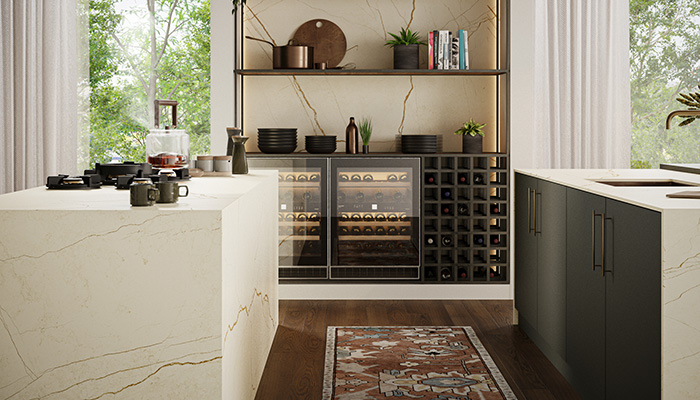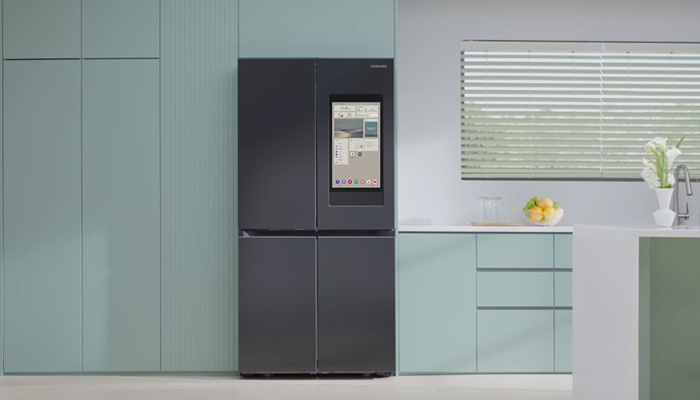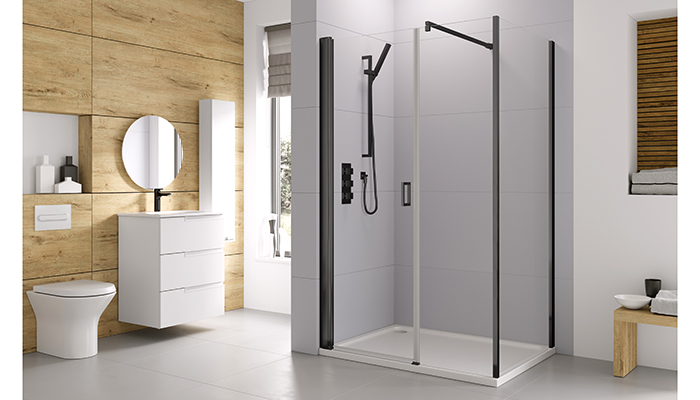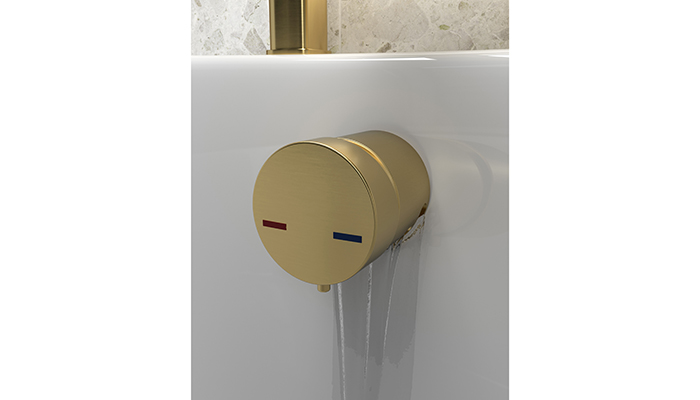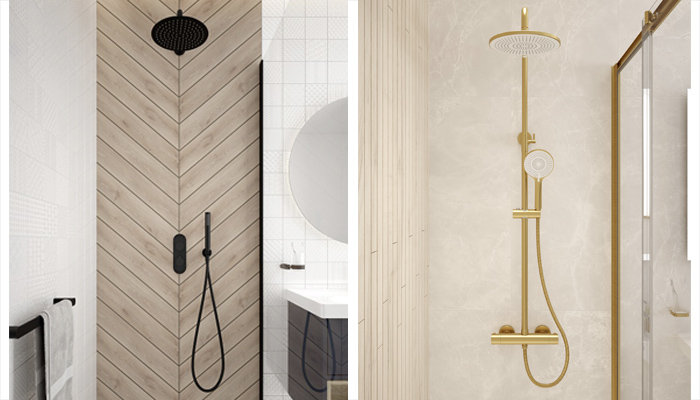Legal expert Alex Craig, head of intellectual property at law firm Muckle LLP, has 5 tips for kitchen and bathroom designers wanting to prevent their designs from being taken by a potential client to a cheaper supplier:
It's a really common issue. You've designed a kitchen or bathroom project with some entirely original design elements in them for a potential client, who then takes the plans to someone who will carry out the work for less. It’s frustrating – and it’s also intellectual property infringement.
Basically, the designs you create are your intellectual property. And just like any asset, if someone takes them without permission (in this case by copying your plans), it can dent both your profits and your reputation. The very essence of your business can be compromised. While you could look to sue for copyright infringement if this happens, the best course of action is to take steps to stop it happening in the first place:
1. Prepare a short confidentiality agreement or simple scope of work.
A simple document between you and your customer, outlining the scope of the contract between you at the outset, can help them understand that any plans or designs are not for sharing.
2. Consider requesting a commitment from the client.
You could ask for a deposit. If clients have already made a financial commitment, then they are more likely to stay with you. Or you could introduce a two-stage approach, which means the client only receives the ‘rough and ready’ designs until they commit to the next phase when the detailed plans will be produced.
3. Use technology to restrict access to planning and design documents.
Unlike the days of paper plans, now there is software you can use to place restrictions on access to and use of electronic documents, giving you greater control over your intellectual property. This software enables you to limit access to just one person, limit the time the documents are available, whether they can be shared and who with and so on. You will also have the capability to remove access altogether.
4. Make sure you display copyright notices on every plan, design and document you create.
That way if another party recreates your designs they cannot deny they knew of your rights and any claim you may have for infringement will be supported by your notice. If you have any particularly individual aspects in your designs you might also consider seeking Registered Design Protection.
5. Retain the rights and arrange a licence fee.
As an alternative you could require a set cost for creating the plans and give them to your customer, with the agreement that if they go to someone else for the next phase of works then they must pay you a licence fee or % value of the works. This way you get to retain the rights and are rewarded for your efforts.
These suggestions are easy to implement and can help protect your plans and designs from being reproduced. They also help to demonstrate that you are professional, well organised and, hopefully, the right supplier for the job.
For further information visit: www.muckle-llp.com



